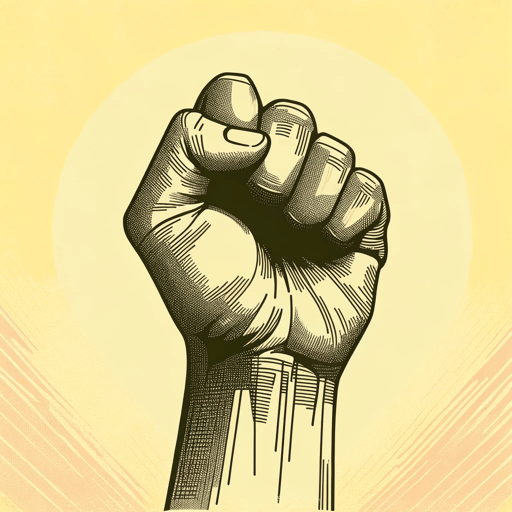107 pages • 3 hours read
Nelson MandelaLong Walk to Freedom
Nonfiction | Autobiography / Memoir | Adult | Published in 1994A modern alternative to SparkNotes and CliffsNotes, SuperSummary offers high-quality Study Guides with detailed chapter summaries and analysis of major themes, characters, and more. For select classroom titles, we also provide Teaching Guides with discussion and quiz questions to prompt student engagement.
Themes
The Struggle
The campaign to end apartheid was one of the defining political struggles of the second half of the 20th century. Organizations such as the South African Indian Congress (SAIC) and ANC, which represented the interests of nonwhite communities, had existed since the late 19th and early 20th centuries. However, it was only in the late 30s that these organizations became politically active in a meaningful way. These civil societies’ early campaigns advocated only for the rights of the organizations’ constituent community. In the 40s, these groups found that nonviolent disobedience was more effective when they combined their efforts.
The early 40s saw the rise of a new generation of more radical leaders who pushed the ANC and other organizations to confront the government more directly. The size of campaign mobilizations escalated throughout the 40d and 50d, deepening the alliance between the various civil rights organizations. Escalating brutality against the government led many of the movement’s leaders to conclude that armed resistance is necessary.
In 1961, the armed resistance against apartheid began and was intended to give the movement a new means of pressuring the government into negotiating a new constitution. Armed struggle continued for 30 years.
Starting in the 50s, gaining international attention and sympathy became one of the movement’s main strategies.
Related Titles
By Nelson Mandela



